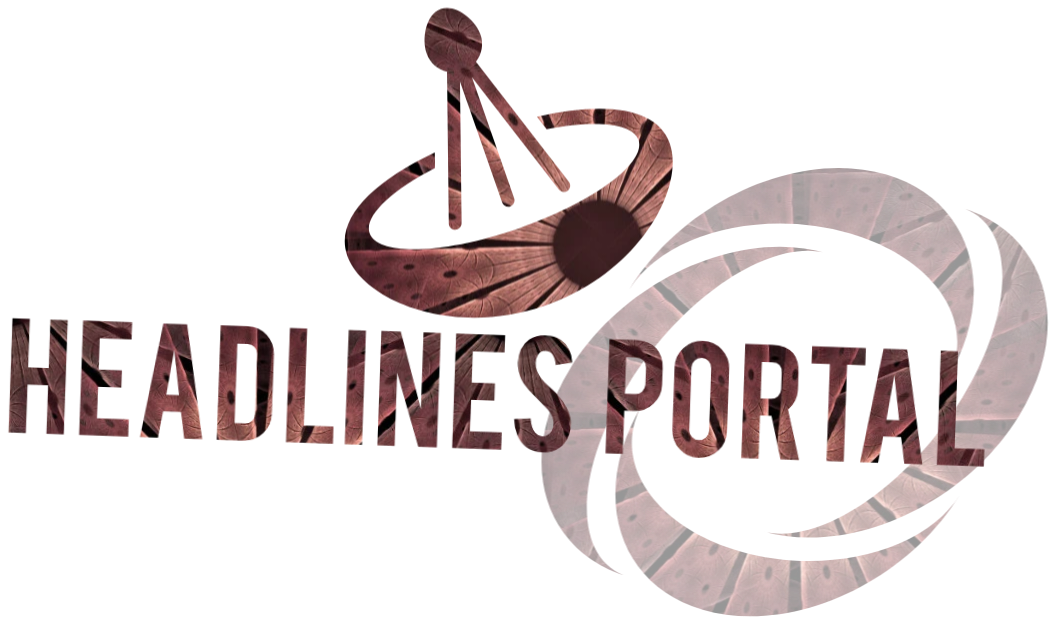
New images from the Near-Infrared Camera (NIRCam) instrument onboard the NASA/ESA/CSA James Webb Space Telescope shows Uranus, its ring system and some of its 27 moons.
This Webb image exquisitely captures the seasonal north polar cap of Uranus, including the bright, white, inner cap and the dark lane in the bottom of the polar cap. Uranus’ dim inner and outer rings are also visible in this image, including the elusive Zeta ring — the extremely faint and diffuse ring closest to the planet. Image credit: NASA / ESA / CSA / STScI.
Uranus is the seventh planet from the Sun at a distance of about 2.9 billion km (1.8 billion miles).
The first planet found with the aid of a telescope, Uranus was discovered in 1781 by the German-born British astronomer William Herschel.
One day on Uranus takes about 17 hours. And the planet makes a complete orbit around the Sun in about 84 Earth years.
Uranus has the third-largest diameter in our Solar System, and is surrounded by 13 faint rings and 27 moons.
In visible wavelengths as seen by NASA’s Voyager 2 spacecraft in the 1980s, Uranus appeared as a placid, solid blue ball.
In infrared wavelengths, Webb is revealing a strange and dynamic ice world filled with exciting atmospheric features.
“One of the most striking of these is the planet’s seasonal north polar cloud cap,” Webb astronomers said in a statement.
“Compared to the Webb image from earlier this year, some details of the cap are easier to see in these newer images.”
“These include the bright, white, inner cap and the dark lane in the bottom of the polar cap, toward the lower latitudes.”

This wide-field image from Webb shows Uranus amid a smattering of distant background galaxies. This image also includes 14 of the planet’s 27 moons: Oberon, Titania, Umbriel, Juliet, Perdita, Rosalind, Puck, Belinda, Desdemona, Cressida, Ariel, Miranda, Bianca, and Portia. Image credit: NASA / ESA / CSA / STScI.
“Several bright storms can also be seen near and below the southern border of the polar cap,” they said.
“The number of these storms, and how frequently and where they appear in the Uranian atmosphere, might be due to a combination of seasonal and meteorological effects.”
“The polar cap appears to become more prominent when the planet’s pole begins to point toward the Sun, as it approaches solstice and receives more sunlight.”
Uranus reaches its next solstice in 2028, and the astronomers are eager to watch any possible changes in the structure of these features.
Webb will help disentangle the seasonal and meteorological effects that influence the Uranian storms, which is critical to help astronomers understand the planet’s complex atmosphere.












